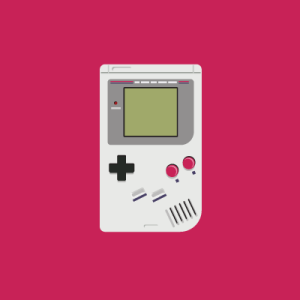
People love playing games. Human beings and dolphins are the only animals with a sense of leisure. We love to play because it is a way to develop rapport, or a way of dealing with each other.
If you want to play with someone, you have to be able to describe games. To do this you need to talk about:
- items needed,
- main rules, or how you win, and
- special rules, or what’s not allowed
Items Needed
What kind of game is it? Is it played on a field? On a board? Is it a computer game? How many players are there?
Chess is played by two players on a squared chequered board of eight by eight squares. There are sixteen pieces per player, which are:
eight pawns, two rooks, two knights, two bishops, one queen and one king. The pieces are black or white.
Tennis is played by two players (singles) or four players (doubles) on a grass or clay court separated in the middle by a net. Each player or pair’s half is divided in half parallel to the net and the front half closest to the net is divided in half again. There are two short sections on either side of these halves that are only used in the doubles game.
Main Rules
As I said before, this is how you win. It is the main point of the game. If you can describe this, you can start playing and explain the rest of the rules as you play on.
The point in chess is to create a situation called checkmate where one’s opponent is unable to move without his king being captured.
In tennis, you take the first shot, called a serve, from the back half of the court and hit it between the net and the halfway line, called the serve line, in your opponent’s half. You hit the ball back to your opponent. Shots are played that land anywhere within the main lines in singles or the side lines in doubles. If you let the ball bounce more than once in your half or if you hit the ball at the net or out of the lines, your opponent wins a point.
Special Rules
These are the difficult rules that are best explained while playing.
In chess, you can make a move called ‘castling’ if you haven’t moved your king or a rook that you use in this move and if your king is not in check (a possible capture situation). You move the king to the square in the middle of the quarter on the rook’s side and the rook to the square in the middle of the quarter on the king’s side of the back line. It should be empty, king, rook, empty on the left side or empty rook, king, empty on the queen’s side.
When you serve, you get two chances to serve correctly. If you mess up both serves, your opponent gets the point.
